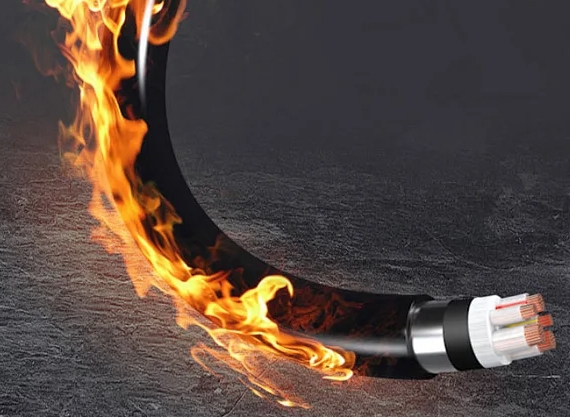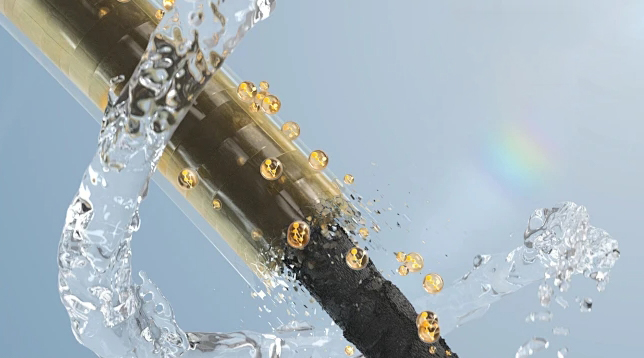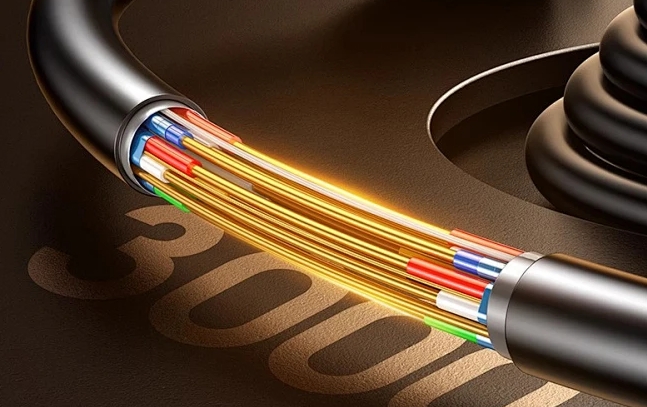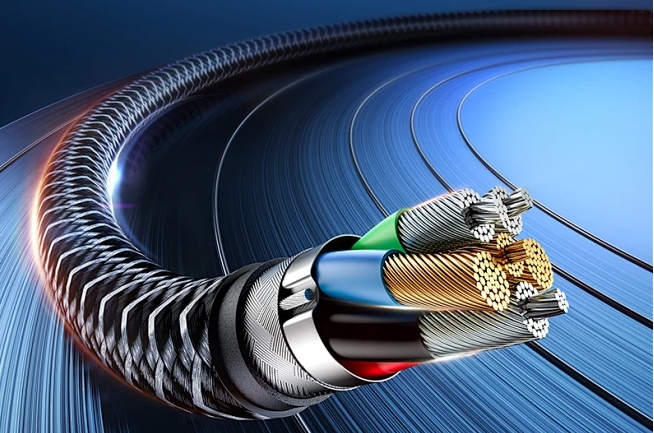Design of Durable Wire Harnesses for Harsh Conditions by Kaweei
In many harsh environments and tough jobs, waterproof wire harnesses are vital. Their design is crucial. We must fully and deeply analyze the complex challenges we face. In design, consider these factors: extreme temperature swings, high humidity, long water immersion, corrosive chemicals, intense stress, and electromagnetic interference. Addressing these issues early in the design is key. It ensures the reliability, safety, and durability of waterproof wire harnesses.
Analysis of Harsh Environments and Solutions
01 High-Temperature Predicament
High temperatures can cause serious problems for waterproof wire harnesses. This threatens their functionality and safety. Insulation materials may degrade under high-temperature roasting. They can become brittle, break, or even melt. This will greatly raise the risk of short circuits or electrical failures. But conductors expand due to heat. This can loosen connections and cause intermittent faults.
High temperatures can speed up chemical reactions. They can degrade materials and cause corrosion. In extreme cases, overheating may ignite flammable components. This creates an incalculable fire hazard.
Solutions:
Selecting High-Quality Materials: Use heat-resistant materials, like polyimide (PI), PTFE, or cross-linked polymers. They can withstand temperatures up to 400 °C, and engineers use them in aerospace. These materials can perform well at high temperatures. They create a strong defense for waterproof wire harnesses.
Enhancing Thermal Management: Use heat dissipation strategies. For example, equip yourself with heat-resistant conduits. Plan wiring paths to avoid heat sources. Or, integrate thermal barrier designs. These will ensure waterproof wire harnesses work in high-temperature environments.
02 Low-Temperature Challenge
Low-temperature environments also bring many difficulties to waterproof wire harnesses. Low temperatures greatly enhance the brittleness of insulation materials. Mechanical stress makes them very prone to cracking or breaking. This exposes the wires. It significantly raises the risk of short circuits or electrical failures. At the same time, cold causes materials to shrink. This often loosens connections, causing unstable performance and intermittent failures. Some materials may lose flexibility. This raises the risk of damage as strain increases with movement or vibration.
Solutions:
Choosing Appropriate Materials: Silicone and fluoropolymer materials are ideal choices for low-temperature environments. They can maintain good flexibility and durability in cold conditions. Also, all materials, including connectors and insulators, must meet the low-temperature requirements. Their rated temperatures must be suitable for that environment.
03 Threats of Humidity and Water Immersion
Often, like offshore work and factories, waterproof wire harnesses face harsh conditions. These include high humidity, rain, and even long periods underwater. Moisture can cause short circuits, corrosion, and possible failures. In marine environments, saltwater's strong corrosiveness harms waterproof wire harnesses.
Solutions:
Use High-Quality Materials: For waterproof wire harnesses, use the best waterproof materials. Use polyurethane (PUR) or neoprene for the outer sheath. They will create an impenetrable waterproof barrier.
Using a Clever Waterproof Design: The key to waterproof wire harnesses is the cross-winding process. It ensures the harness has complete coverage. If using waterproof rubber rings or through-hole rubber sleeves, first encapsulate the wire harness. Next, use the double-winding technique to wind the rubber ring or sleeve tightly around the wire harness.
Selecting Reliable Connectors: Prefer sealed or over-molded connectors. They keep moisture out of critical areas. The selected connectors must have an IP67 or higher rating. This ensures they can handle high humidity or submerged environments.
Adapting Corrosion-Resistant Conductors: Use tinned copper or other corrosion-resistant alloys as conductors. They will resist water and salt damage. If there are strict requirements for weight, aluminum conductors are a good option. In aerospace and other fields, special processes are needed to prevent galvanic corrosion.
04 Crisis of Chemical Erosion
At industrial sites, waterproof wire harnesses often contact chemicals, oils, and solvents. These substances can easily degrade insulation materials. They cause brittleness, cracks, and even deformation. This severely damages the wire harness and increases the risk of electrical failure.
Solutions:
Use insulation with high chemical resistance, like PTFE, ETFE, or FEP. Also, consider adding more protective coatings to the wire harness. This will help it survive in harsh, chemical-laden environments.
05 Difficulties of Mechanical Stress and Wear
In industrial manufacturing, vehicle driving, and aerospace flight, waterproof wire harnesses face stress. These include vibration, frequent movement, and wear. Prolonged use causes the insulation layer to deteriorate. This causes exposed wires, short circuits, and frequent failures.
Solutions:
Use materials that have exceptional durability and resistance to wear for jackets. Examples are cross-linked polyethylene (XLPE) and thermoplastic elastomer (TPE). Equip waterproof wire harnesses with a solid connection.
Design for stress relief. Use washers, clips, and cable ties to reduce stress on the wires. This is especially important at connection points and where there is frequent movement. This will protect the wire harness and ensure its reliable operation.
Add protection: Use conduits or hoses to protect waterproof wire harnesses from damage and vibration.
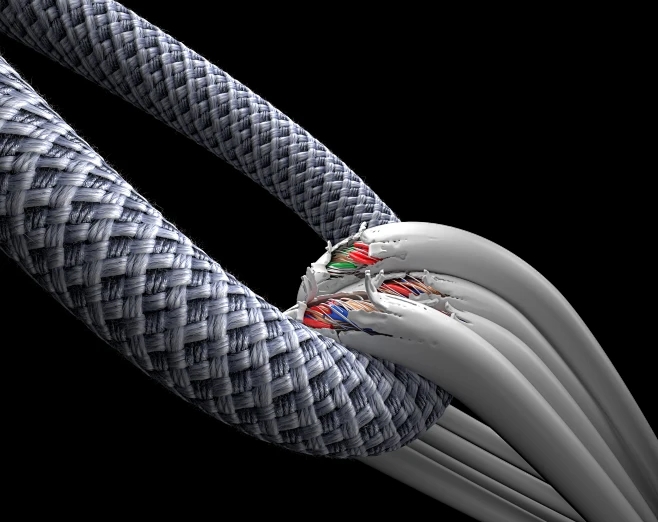
06 Hidden Dangers of EMI and RFI Interference
In areas prone to EMI, like near heavy machines or in aerospace, waterproof wire harnesses are very vulnerable to EMI and RFI. They may pick up useless signals. This can interfere with other systems. It may cause data corruption, communication errors, and equipment failures.
Solutions:
Use shielded cables with braided or foil shielding to block EMI and RFI in all directions. Also, ground the shielding layer. It is key to reducing noise interference.
Use twisted pair wiring for signal lines. It will cut out electromagnetic noise. This will ensure pure, stable signal transmission.
Perfecting Grounding Treatment: Ensure that all waterproof wire harness parts have proper grounding. This will prevent static buildup and worsening EMI from static electricity.
Advanced Strategies for Designing Waterproof Wire Harnesses for Harsh Conditions
When customizing waterproof wire harnesses for harsh environments, rank durability and reliability. We must use clever design strategies. Only then can we ensure waterproof wire harnesses work well in severe conditions and last a long time. Here are the key points for optimizing waterproof wire harnesses for tough environments.
- Redundancy Design Concept
- In high-risk, high-reliability fields like aerospace, we must add redundancy to the wire harness design. It must be waterproof. Use many independently wired connections along with some parallel wiring. This will protect critical systems. This way, if one wire fails, the system will keep working. It ensures safety and system integrity.
- Principle of Minimizing Failure Points
- make waterproof wire harnesses more reliable, we must cut failure points. Cut the use of connectors and joints. They often fail. When connectors are essential, choose high-performance, reputable products for harsh environments. This reduces risks and improves the robustness of waterproof wire harnesses.
- Strict Testing and Verification Processes
To make waterproof wire harnesses for harsh conditions, conduct thorough tests on them. Use ESS technologies to test waterproof wire harnesses. They include thermal cycling, humidity exposure, salt spray, and vibration tests. These tests will verify the harnesses' durability. At the same time, high-voltage testing and continuity checks are essential. They can confirm the integrity of insulation and conductors. This endorses the excellent quality of waterproof wire harnesses.
In conclusion, we must address all the above aspects. Only then can we design waterproof wire harnesses for harsh conditions. They must provide a reliable electrical connection for many key fields.
